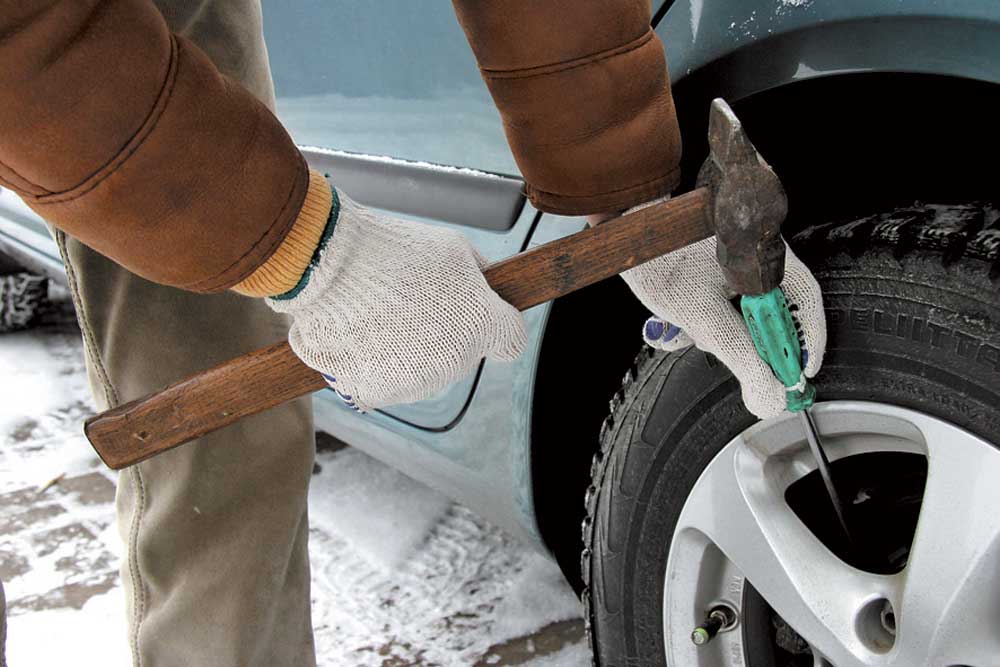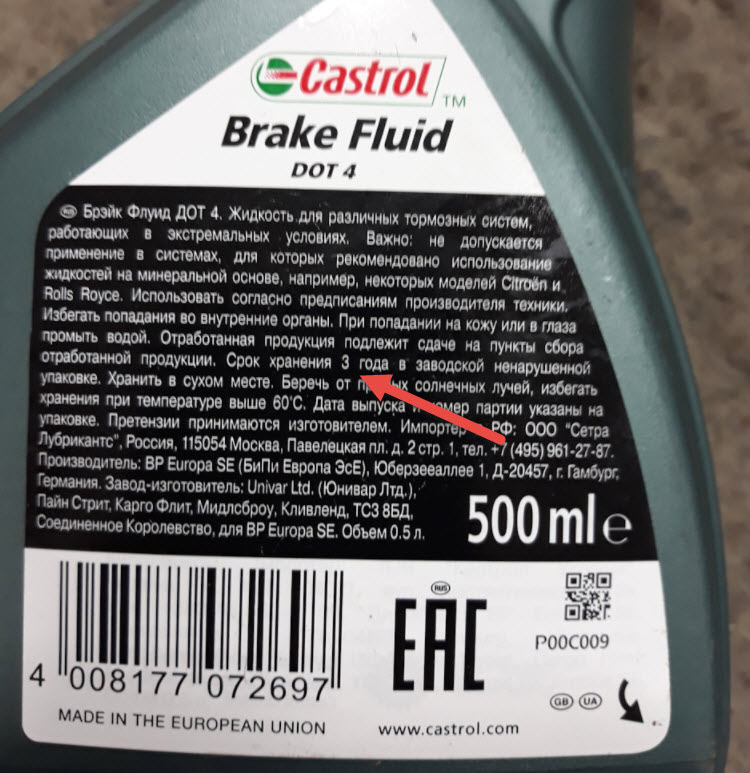
What is the shelf life of brake fluid DOT-4
Content
The most common brake fluid for cars can be considered manufactured under the DOT-4 standard. These are glycol compounds with a set of additives, in particular, reducing the effect of moisture absorption from the air.
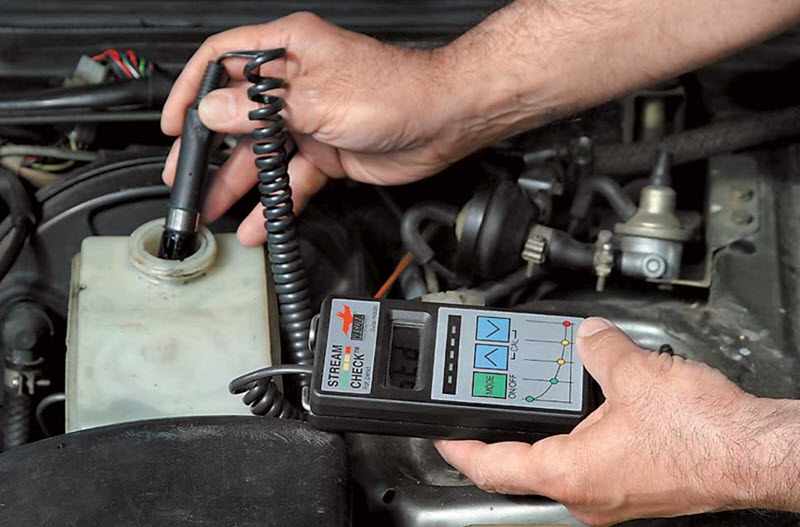
The timing of its preventive replacement in the brake system and other hydraulic drives is known from the instruction manual for a specific car model, but there are also restrictions on storing liquids in factory sealed containers, as well as in it, but after opening and partial use.
How long does brake fluid last in the package?
The manufacturer of working fluids, according to test data and the availability of information on the chemical composition of the product, as well as the features of the container, knows best of all how long their product is safe to use and fully complies with the declared characteristics.
This information is given on the label and in the description of the liquid as a guarantee period of storage.
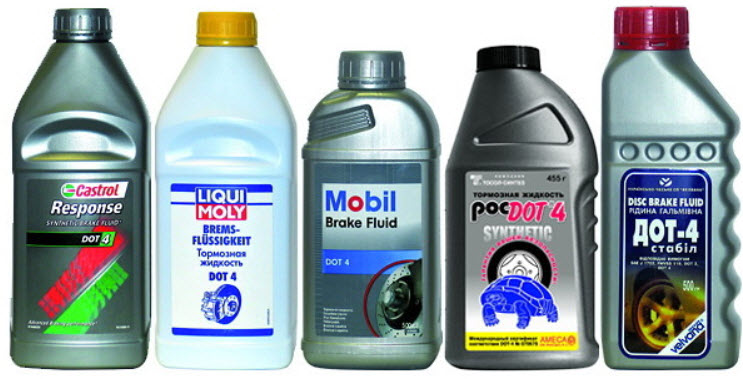
There are general restrictions on the quality of packaging and the preservation of the properties of DOT-4 brake fluids. They must meet the class requirements after at least two years from the date of issue. Almost all commercial products of well-known manufacturers cover this period.
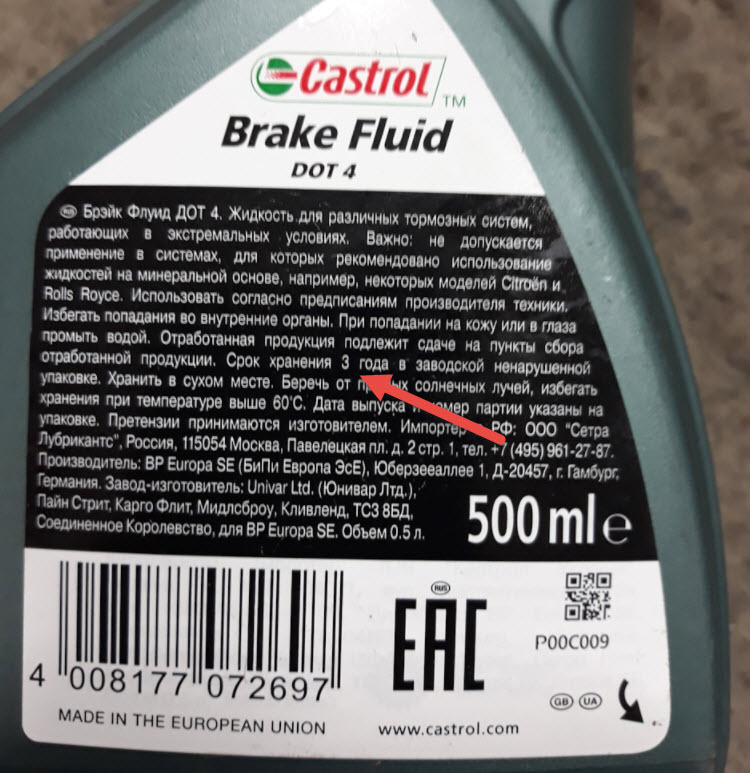
The warranty obligation for safety during the period before the start of operation is indicated from 3 to 5 years. Metal packaging is considered more reliable than plastic. In any case, the presence of a dense screw plug is duplicated by the presence of a plastic sealing of the neck of the container under the plug. There are also protective signs.
After opening the package and removing the protective film, the manufacturer no longer guarantees anything. The liquid can be considered put into operation, and in this mode, its service life cannot exceed two years.
Reasons for declining DOT-4 quality
The main problem is related to the hygroscopicity of the composition. This is the property of a liquid to absorb moisture from the air.
The starting material has a high boiling point. Brake cylinders, which are connected to the pads, get very hot during operation. At the moment of braking, very high pressure is maintained in the lines and the liquid cannot boil. But as soon as the pedal is released, the temperature rise may exceed the calculated threshold, part of the liquid will go into the vapor phase. This is usually due to the presence of water dissolved in it.
The boiling point at normal pressure drops sharply, as a result, instead of an incompressible fluid, the brake system will receive contents with vapor locks. Gas, aka steam, is easily compressed at minimal pressure, the brake pedal will simply fall under the driver's foot at the first press.
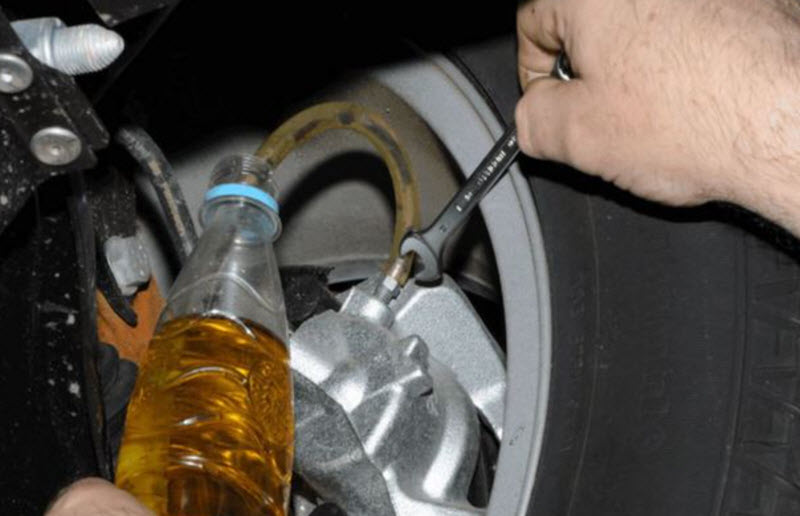
Failure of the brakes will be catastrophic, no redundant systems will save you from this. After fully depressing, the pressure will not be able to reach a value sufficient to remove steam, so repeated blows to the pedal will not help, usually helping with air or leaks.
A very dangerous situation. Especially in the case when a liquid was initially filled, which no longer meets the requirements of the standard. It will absorb additional moisture much faster, since the brake system cannot be perfectly sealed.
How to check the condition of the brake fluid
There are devices for express analysis of brake fluid. They are especially common abroad, where, oddly enough, the composition check operation is popular instead of the unconditional replacement of the already aged contents of the brake hydraulics.
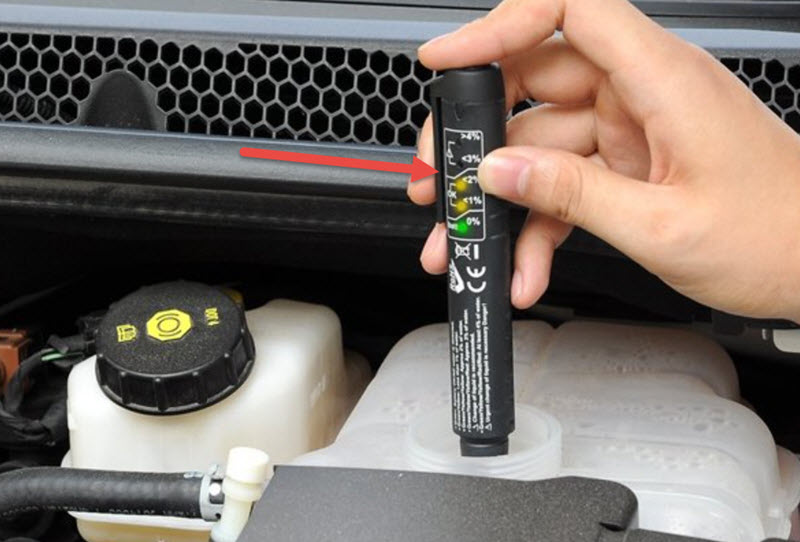
Of course, you should not trust your life to a simple tester with unknown metrological characteristics. Information can be considered useful in moderation. But in reality, it is easy to carry out the operation of a complete replacement of the brake fluid with flushing and pumping, observing all the nuances of the technology.
This is especially true for systems with ABS, where the old fluid can be completely removed only with the help of diagnostic scanner with a dealer algorithm for controlling the valve body valves during operation. Otherwise, part of it will remain in the gaps between normally closed valves.
When to replace
The frequency of the procedure is set out in the operating instructions supplied with each vehicle or available online. But it can be considered a universal period of 24 months between replacements.
During this time, the characteristics will already be reduced, which can lead not only to boiling, but also to the usual corrosion of parts that are not adapted to work in the presence of water.
How to properly store TJ
The access of air and moisture through the factory packaging is practically excluded, so the main thing during storage is not to open the cork and the film under it. High humidity during storage is also undesirable. We can say that the worst place for safety is located exactly where the supply of liquid is usually kept - in the car.
A serviceable brake system, in which routine maintenance and replacements are carried out on time, will not require topping up the fluid in express mode, and it is possible to compensate for the natural gradual decrease in the level even after trips.
If the level dropped sharply right during the movement, then you will have to use the services of a tow truck and a service station, it is absolutely impossible to drive with a TJ leak. Therefore, there is no need to carry a started bottle with you, as many do, and the liquid stored in this way quickly becomes unusable.
It is better to keep it alone, in the dark, with low humidity and minimal temperature changes, factory sealed.

